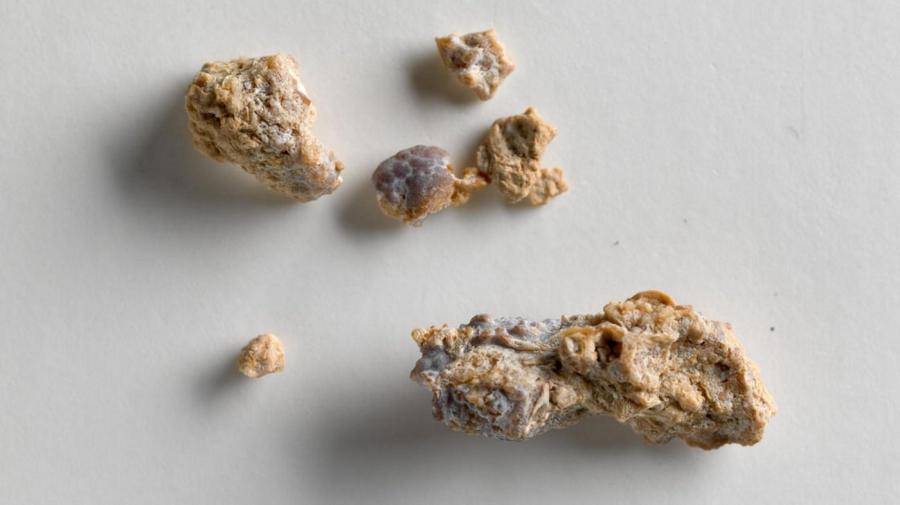What Are the Symptoms of Kidney Stones?

According to Mayo Clinic, symptoms of kidney stones include frequent urination; side and back pain that moves to the lower abdomen and groin and that may come in waves; urine that may be cloudy and smells bad and/or is brown, red or pink; nausea; and fever if an infection has taken hold. WebMD says in cases where the stone is tiny enough, there may be no symptoms.
WebMD notes that hernias, ectopic pregnancy, prostatitis and appendicitis are some illnesses that present signs much like those of kidney stones. Kidney stones are often described as causing the worst pain a person has experienced. Medical attention is recommended if pain is so excessive that a comfortable position is impossible, if pain comes with nausea and fever and if passing urine becomes challenging.
Mayo Clinic and WebMD explain that kidney stones that remain in the kidney usually are painless. When they move through the urinary tract, pain occurs and moves along with the kidney stone causing pain to shift to different locations in the body.
Mayo Clinic says that obesity; family history; being 40 and older; diets rich in protein, sugar or sodium; urinary tract infections and dehydration are some conditions that lead to a higher risk of kidney stones.





